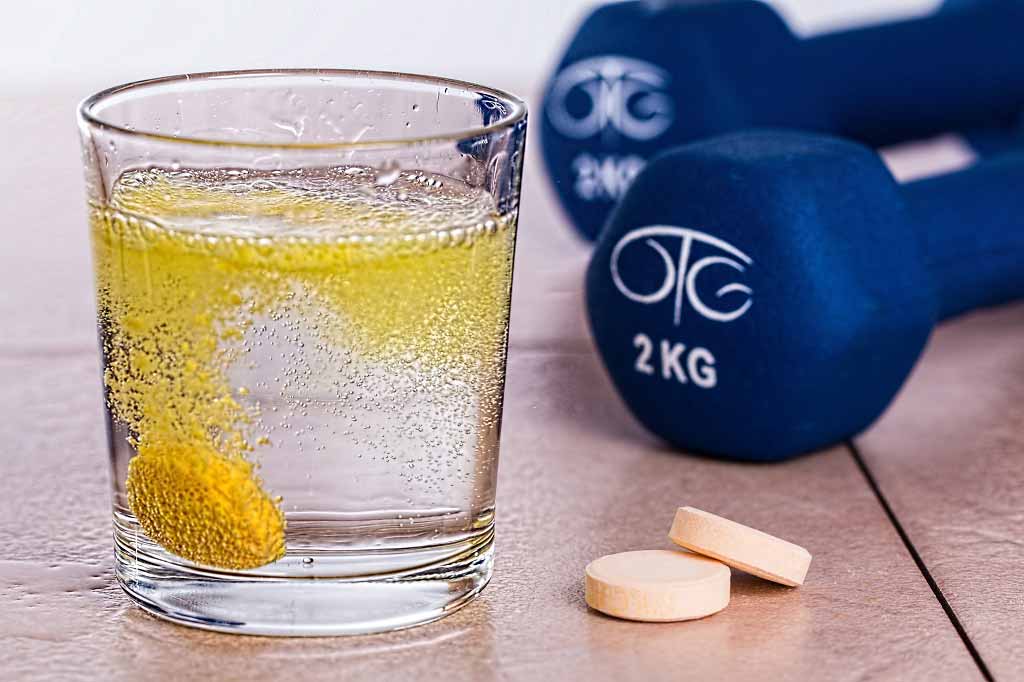Is shop-bought baby food 'too sweet'?
Food and diet
"Baby foods found too sweet to encourage variety of tastes in children," says The Guardian. The newspaper reports on a survey of how much...
"Baby foods found too sweet to encourage variety of tastes in children," says The Guardian. The newspaper reports on a survey of how much fruit and vegetables are in shop-bought baby foods and how this contributes to the foods' sugar levels.
We know sweet flavours are more popular, so it's perhaps unsurprising that researchers found commercial baby foods feature more fruit than veg. These foods also tended to have more sweet-tasting vegetables, such as carrot and sweet potato, than vegetables with a bitter taste.
The total amount of sugar in the foods was associated with the amount of fruit and vegetables, which may mean they are used to sweeten the foods.
Fruits and vegetables are an important part of a child's diet, so this is not cause for concern, but the researchers fear more sweet fruit and veg may shape children's preference for sweeter foods in later life.
Parents often struggle to get children to eat fruit and vegetables, and shop-bought foods do provide a way of getting kids to eat them. It is, however, important babies aren't given added salt and sugar in their diet, so always check the food label.
Find out more about foods to avoid giving your baby.
Where did the story come from?
The study was carried out by researchers from the University of Glasgow. No specific funding was received for this study.
It was published in the peer-reviewed medical journal, Maternal & Child Nutrition.
This was reported accurately by The Guardian with a warning that the sweetness of baby foods may not encourage a child to enjoy a variety of tastes.
What kind of research was this?
This study was a survey of baby foods with fruits and vegetables in their name available commercially in the UK. This is an effective way of obtaining data on content for analysis.
What did the research involve?
A database of nutritional information and the fruit and vegetable content of baby food (excluding fruit-based drinks) was created in May 2013. The products considered were from:
- Organix
- Hipp Organic
- Heinz
- Ella's Kitchen
- Cow & Gate
- Boots
- Plum Baby
Products were included in the database if they had fruit or vegetables suggested on the labels. The researchers found the information on the content of the baby food from manufacturers or supermarket websites.
Data was recorded for the following:
- brand
- name of product
- recommended age
- food type – wet (spoonable/puréed), dry (biscuits, dry cereals) and dry finger foods (baby snacks)
- number of ingredients
- form of the fruit or vegetable (fresh/dried/powder/oil/juice), gram per 100g of each
- total grams of fruit or vegetable per 100g
- whether the food had mixed fruit and vegetable content
- total juice content per 100g
Nutritional information was obtained for the percentage of:
- energy
- protein
- fat
- carbohydrate
- total sugar content (independent from total carbohydrate content)
The findings of fruit and vegetable composition and the sugar content of baby food was investigated in categories:
- sweet-spoonable
- savoury-spoonable
- sweet-dry
- savoury-dry
What were the basic results?
The researchers found 329 baby food products labelled as containing fruit or vegetables, or both, marketed in the UK. These were mainly spoonable foods (83.4%), dry finger foods (10.6%) and dry food (5.8%).
Analysis showed a little over half of the product names suggested a sweet taste (53.8%) – for example, they contained the words pudding, crumble or dessert.
The largest proportion of sweet foods was found in the 4+ month age category, where 69.4% of products were labelled as sweet. However, for 6-7+ month-olds (39.2%) and 9-10+ month-olds (20.6%) , a smaller number of products are labelled as sweet.
The nutritional content found sweet-dry products had the highest sugar content, with an average of 25.7g per 100g, more than twice the average sugar found in sweet-spoonable foods (10.7g per 100g).
It was also found that sweet-tasting vegetables such as carrot and sweet potato are used more frequently than those with a bitter taste, such as spinach and chard.
How did the researchers interpret the results?
The researchers concluded that: "The [fruit and vegetable] content of [commercial baby food] mainly consists of fruits and relatively sweet vegetables, which are unlikely to encourage preferences for bitter-tasting vegetables or other non-sweet foods. [Fruit and vegetables] contribute significantly to the total sugar content, particularly of savoury foods."
Conclusion
This is an interesting study that shows how much fruit and vegetables are in commercial baby foods, and how this contributes to the total sugar content of these products.
The researchers suggest their finding – that baby foods mainly contain fruits and relatively sweet vegetables – means children may not develop a taste for bitter-tasting vegetables or other non-sweet foods.
They say that because these foods are first eaten when babies develop their food preferences, these sweet baby foods might lead to a taste for less healthy sweet foods later on. However, this point was not investigated in this study.
While this study attempted to include all fruit- and vegetable-based baby foods from major brands, it is unclear how the researchers identified the products. Supermarket own brands were not included, and this may have affected the findings.
A variety of fruit and vegetables are an important part of a child's diet, as they contain lots of vitamins, minerals and fibre. Giving babies small amounts of different types of food, cooked or raw, is a good idea so they can learn to like the taste.
It's not fair to say on the basis of this research that buying baby food from the shops is "a bad thing". Instead, it highlights the need for parents to read food labels carefully if they want to give their kids a healthy, balanced diet.






 Subscribe
Subscribe Ask the doctor
Ask the doctor Rate this article
Rate this article Find products
Find products







